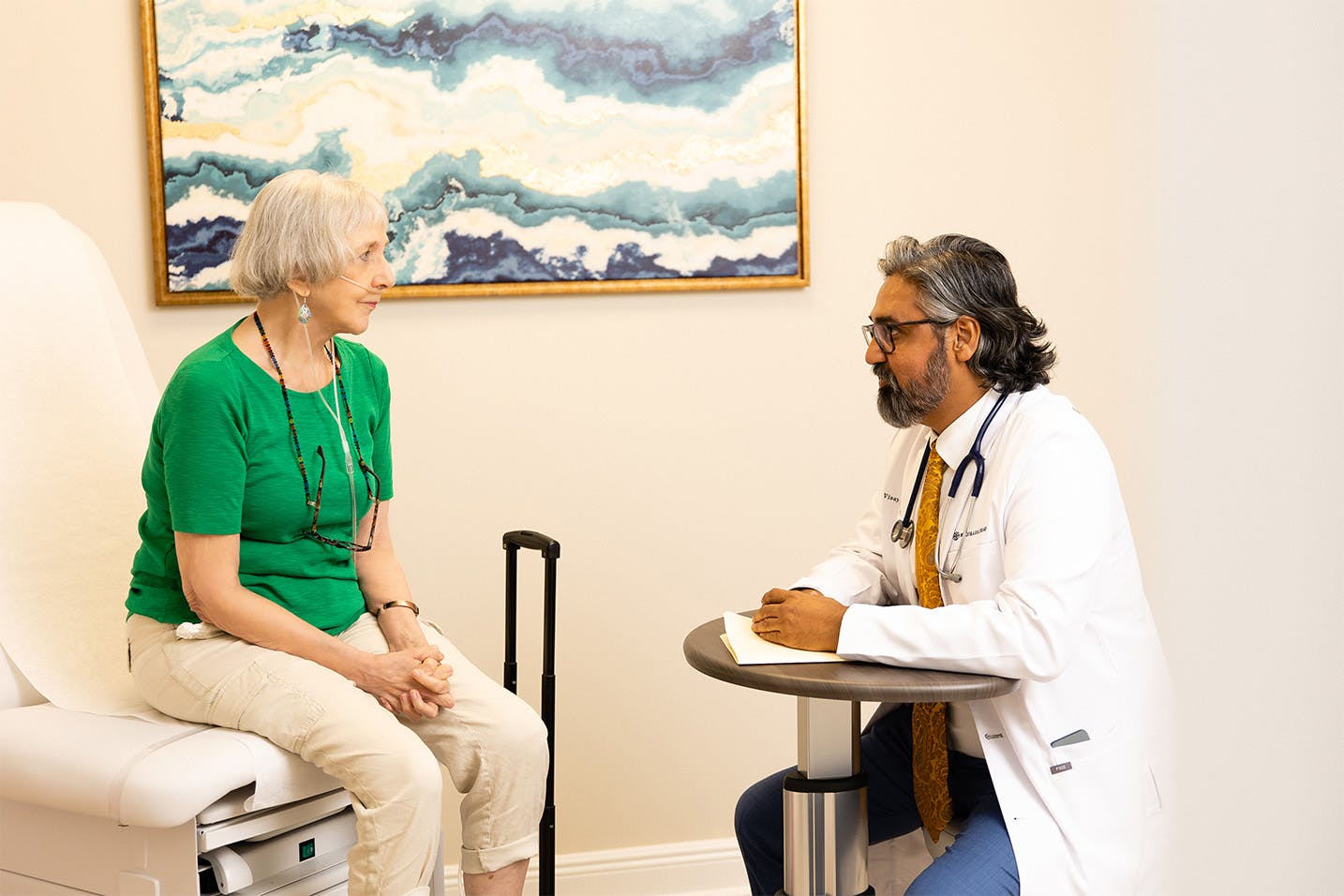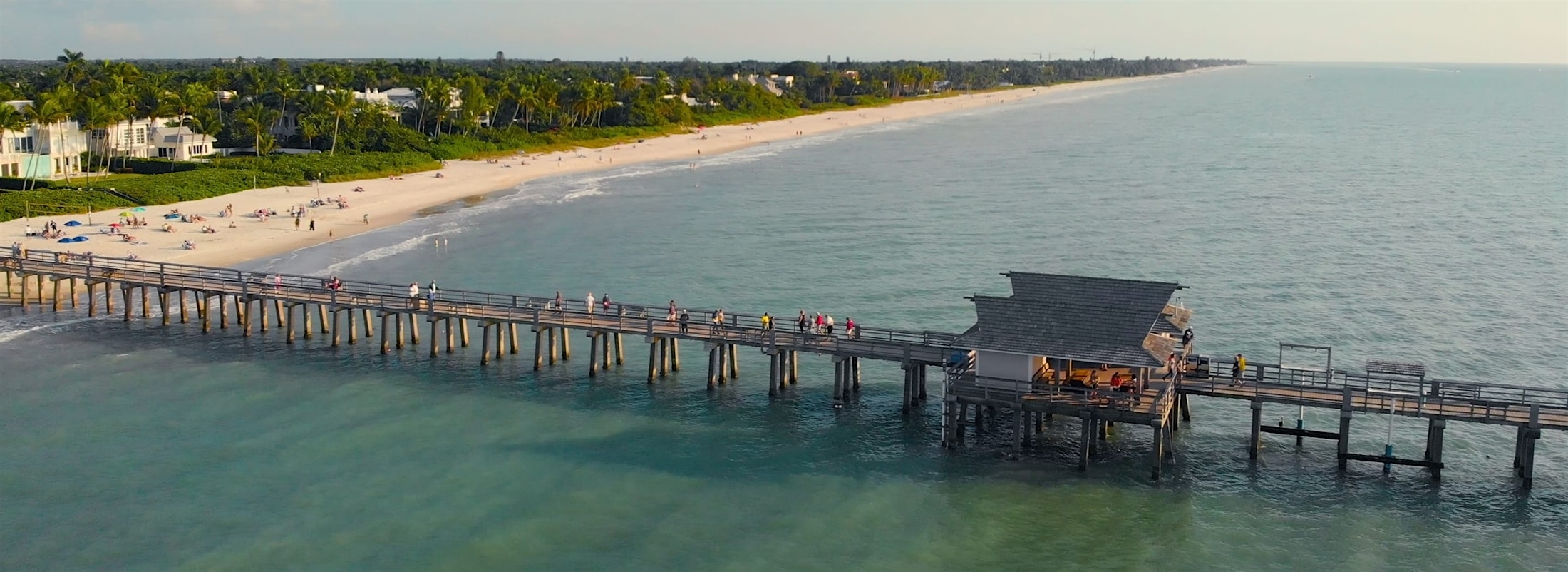Live your life on your terms and breathe easier with this advanced treatment for severe COPD.
What Is Endoscopic Lung Volume Reduction (ELVR)?
Patients with severe COPD and emphysema often suffer from air trapping or hyperinflation of their lungs that results in shortness of breath. Endoscopic Lung Volume Reduction is an advanced bronchoscopy procedure where tiny, one-way valves are inserted by a bronchoscope (thin, flexible tube with a light and camera) into the windpipes that supply diseased portions (lobes) of the lungs. BLVR improves lung function and quality of life with benefits such as:
- Reduced lung volume without removing sections of lung tissue
- Expansion of healthy sections of lung, which improves breathing
- Less shortness of breath
- Increased ability to do exercise and daily activities
- Option of removing valves in cases of complications
- Lower risk of complication as compared to surgery
- Faster recovery time









